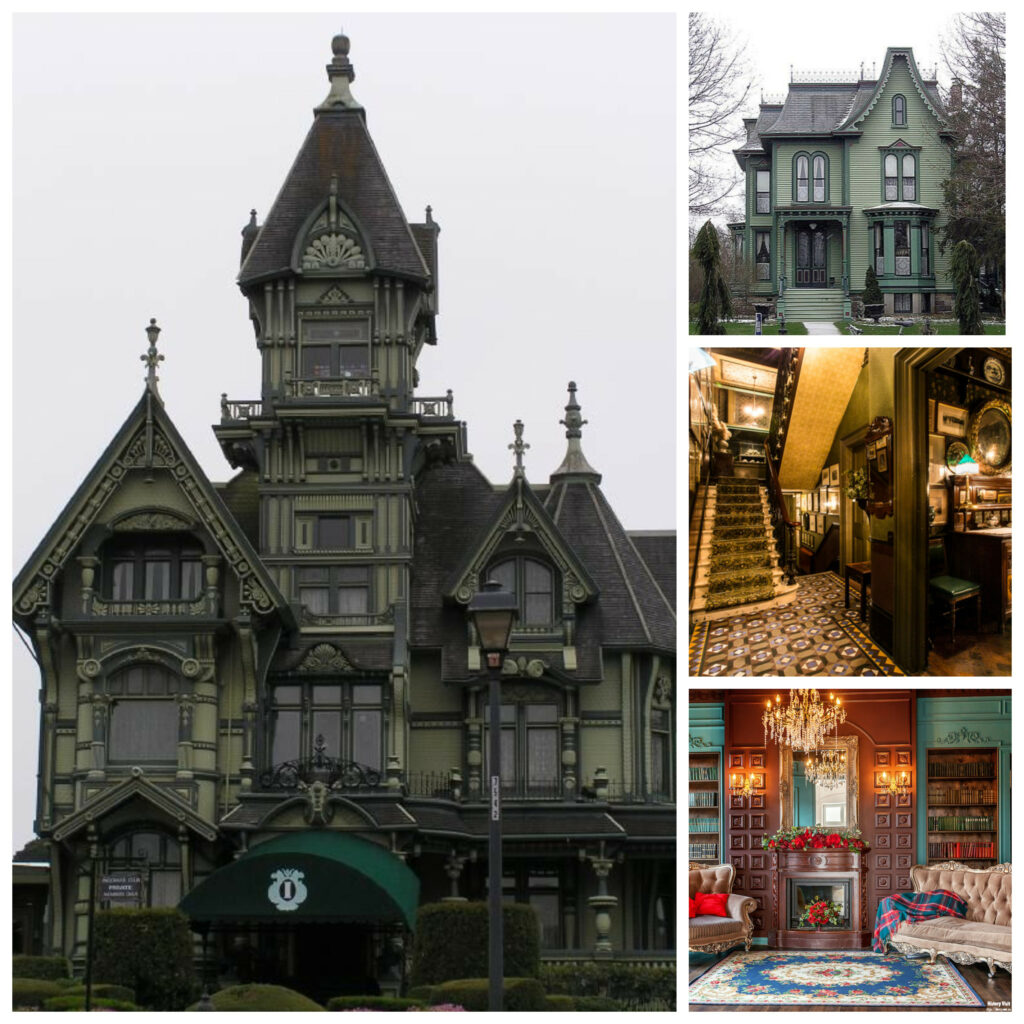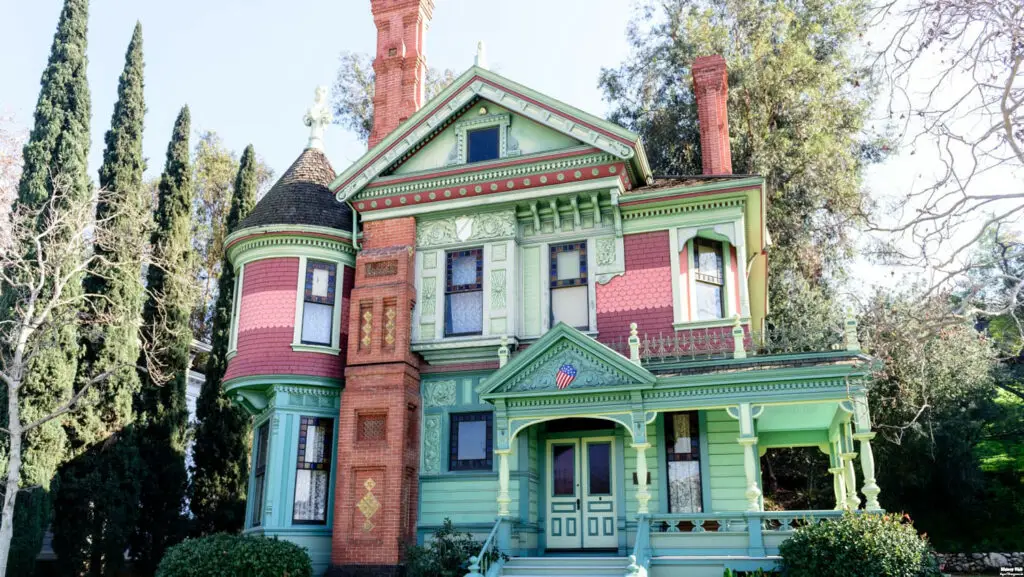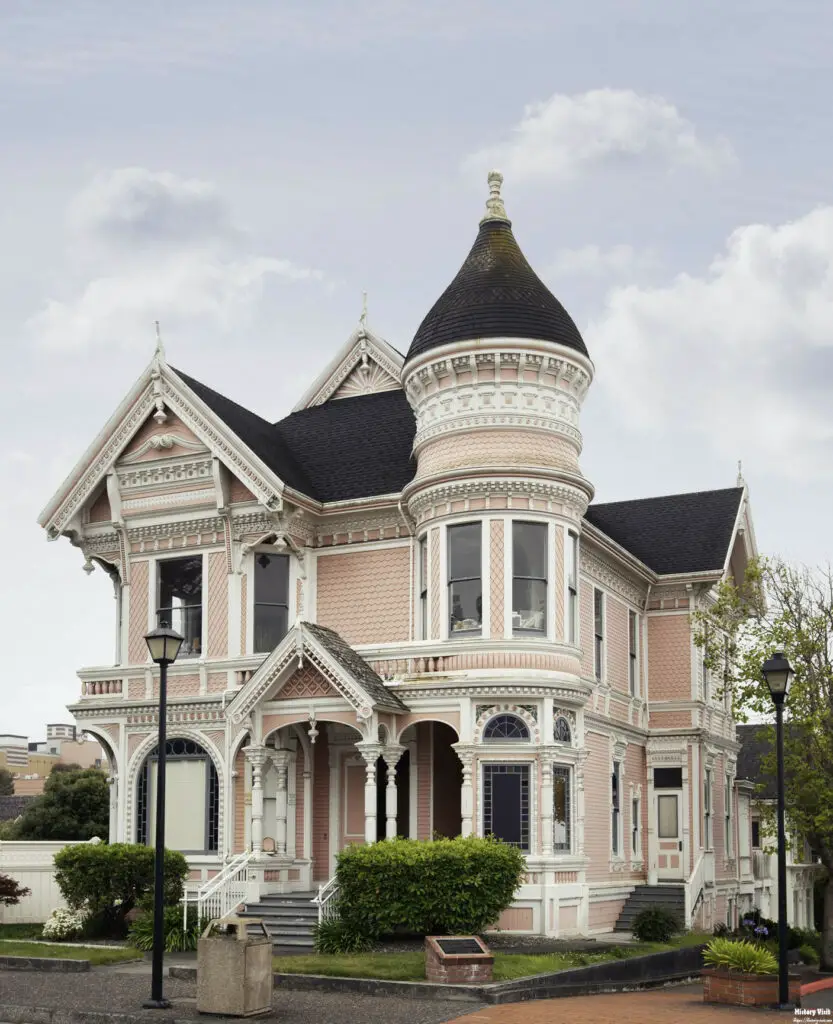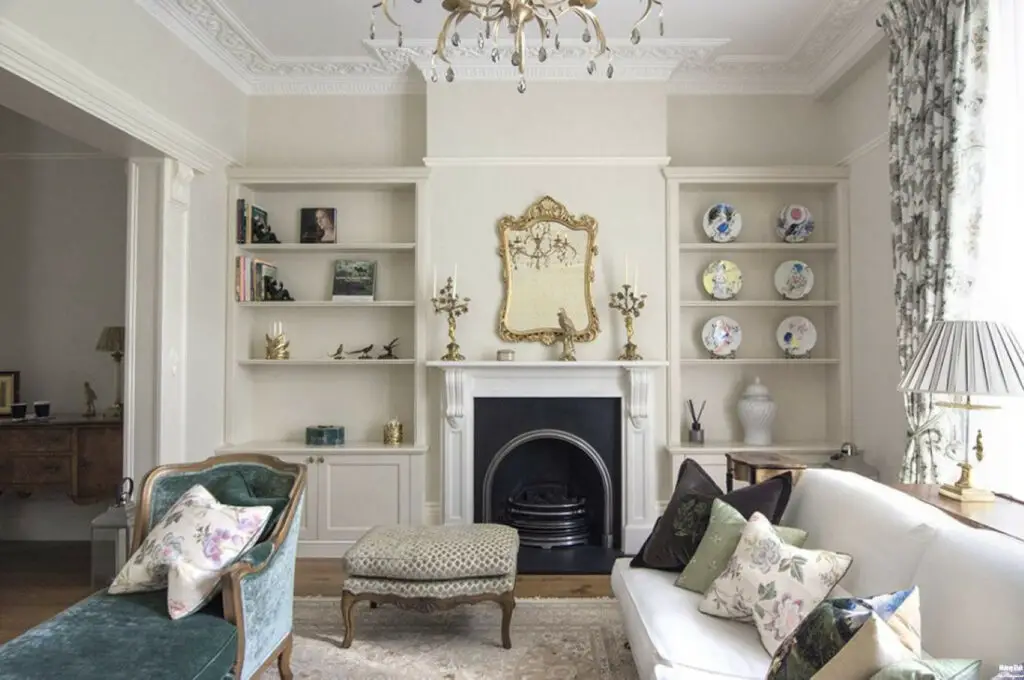Design Inspirations from Old Victorian Homes

Introduction
Old Victorian homes are more than just structures of wood and stone; they are historical treasures that offer a glimpse into the architectural ingenuity and cultural ethos of the 19th century. Built during the reign of Queen Victoria from 1837 to 1901, these homes exhibit an eclectic mix of architectural styles, from Gothic Revival to Queen Anne, each reflecting the artistic and societal influences of the era. The intricate details and unique features of these homes continue to captivate homeowners and history enthusiasts alike, making them highly sought after in today’s housing market.

The allure of old Victorian homes lies not only in their ornate exteriors and intricate interiors but also in the stories they tell. Each home is a testament to the craftsmanship and design sensibilities of the past, with features such as gingerbread trim, stained glass windows, and elaborate woodwork highlighting the artistry of a bygone era. Living in a Victorian home offers a tangible connection to history, providing a unique blend of beauty, elegance, and historical significance that is rarely found in modern construction.
Despite the challenges of preservation and restoration, the effort to maintain these historic homes is rewarded with a residence that stands out for its character and individuality. Homeowners and preservationists alike strive to balance the need for modern amenities with the desire to retain the original features that make these homes special. As a result, old Victorian homes remain enduring symbols of architectural excellence and historical heritage, offering a distinctive and charming alternative in a world increasingly dominated by uniformity and mass production.
Architectural Features of Old Victorian Homes

The architectural style of old Victorian homes is characterized by its eclectic mix of influences, often combining elements from Gothic Revival, Italianate, Second Empire, Queen Anne, and other styles. The exterior of these homes is perhaps the most immediately recognizable feature, with elaborate trim and detailing often referred to as “gingerbread.” This decorative woodwork, usually found on the eaves, gables, and porches, showcases the craftsmanship of the era and adds a unique charm to each home. No two Victorian homes are exactly alike, thanks to the custom nature of these details.
Steeply pitched roofs and towers are another hallmark of Victorian architecture. These features not only contribute to the home’s striking silhouette but also provide additional interior space that can be used for attic rooms or storage. Towers and turrets, in particular, are a distinctive element, lending a fairytale-like quality to the homes. They often house spiral staircases or cozy nooks, enhancing both the functionality and aesthetic appeal of the residence.

Asymmetry is a defining characteristic of Victorian homes, a departure from the more balanced designs of earlier architectural styles. This asymmetry is achieved through elements like bay windows, which protrude from the main structure, and overhanging eaves that add depth and complexity to the facade. Wrap-around porches are another common feature, providing outdoor living space and contributing to the home’s inviting, picturesque appearance.
Stained glass windows are another prominent feature of old Victorian homes, serving both decorative and functional purposes. These windows allow natural light to flood the interiors while maintaining privacy and adding a touch of color and artistry. The designs range from simple geometric patterns to intricate floral motifs, each window a piece of art that contributes to the overall aesthetic of the home. The interplay of light and color through these windows can create a mesmerizing effect inside the house.
Interior Features of Old Victorian Homes

The interior of old Victorian homes is just as impressive as the exterior, characterized by a range of elements that highlight the craftsmanship and attention to detail of the era. High ceilings are a notable feature, often adorned with elaborate crown molding and decorative plasterwork. These elements add a sense of grandeur and spaciousness to the rooms, creating an airy atmosphere that complements the detailed decor.
Parlors and sitting rooms were essential components of Victorian homes, designed specifically for entertaining guests. These rooms typically feature ornate fireplaces, often made from marble or cast iron, which serve as focal points. Rich wood paneling and detailed wallpaper further enhance the elegance of these spaces, creating a warm and inviting environment. These rooms were not only functional but also a display of the homeowner’s wealth and taste.
Woodwork is another defining feature of old Victorian homes, with intricate staircases, built-in cabinetry, and detailed trim throughout the house. Skilled carpenters crafted these elements using high-quality woods like oak and mahogany, creating pieces that are both functional and beautiful. The staircases, often the centerpiece of the home, feature ornate balusters and newel posts, adding to the overall aesthetic appeal.

Period fixtures and fittings are essential to the character of Victorian homes. Chandeliers, clawfoot tubs, and antique hardware contribute to the historic ambiance of the space. These fixtures are not merely decorative but also reflect the technological advancements of the era. For instance, gas lighting was a significant innovation during the Victorian period, and many homes retain their original gas light fixtures, now converted to electricity, preserving the historical integrity while adapting to modern needs.
Preservation and Restoration

The preservation and restoration of old Victorian homes require a delicate balance between maintaining historical integrity and incorporating modern conveniences. One of the main challenges faced by homeowners and preservationists is updating outdated electrical systems, plumbing, and insulation. These updates are necessary for safety and comfort but must be carried out in a way that does not compromise the home’s historical features. Careful planning and skilled craftsmanship are essential in achieving this balance.
Restoration projects often involve extensive research to ensure that materials and methods used are as close to the original as possible. This might include sourcing period-appropriate fixtures, recreating original paint colors, and preserving existing architectural features. For example, finding a replacement for a damaged stained glass window or restoring an original fireplace requires attention to detail and respect for the home’s historical significance. The goal is to honor the history of the home while making it functional and comfortable for modern living.

Preserving old Victorian homes is not just about maintaining a building; it is about keeping history alive. Each home tells a story, reflecting the cultural and social dynamics of the era in which it was built. By preserving these homes, we maintain a physical connection to the past, allowing future generations to appreciate and learn from the craftsmanship and design of the Victorian period. This preservation effort often involves collaboration between homeowners, historians, and craftsmen, all dedicated to maintaining the home’s historical integrity.
Modernizing a Victorian home while preserving its historical features can increase its value, both financially and in terms of historical significance. Many homeowners find that the effort and expense of restoration are worthwhile, resulting in a unique and beautiful residence that stands out in today’s housing market. The blend of old and new can create a home that is not only a pleasure to live in but also a valuable piece of history.
The Appeal of Old Victorian Homes Today

Old Victorian homes continue to be highly sought after for their unique charm, historical significance, and architectural beauty. These homes offer a sense of connection to the past, providing a tangible link to the history and culture of the 19th century. For many, living in a Victorian home is more than just owning a piece of property; it is about preserving a piece of history and experiencing the elegance of a bygone era. The distinctive features and detailed craftsmanship of these homes stand in stark contrast to the more standardized designs of modern housing developments.
In today’s housing market, Victorian homes are prized for their character and individuality. They offer a distinctive alternative for those who appreciate the artistry and craftsmanship of historic architecture. The unique designs, rich history, and detailed craftsmanship make these homes stand out, appealing to those who value authenticity and originality. The sense of history and continuity provided by living in a Victorian home can be deeply satisfying for many homeowners.

Owning an old Victorian home often comes with a sense of stewardship. Homeowners are not just maintaining a house; they are preserving a piece of history. This responsibility can be both challenging and rewarding, requiring dedication to maintaining the home’s historical features while adapting it to modern living standards. Many homeowners take pride in this role, finding joy in the process of restoration and the ongoing care of their historic home.
Moreover, Victorian homes often become focal points in their communities, admired for their beauty and historical significance. They can enhance the character of a neighborhood, contributing to a sense of place and continuity. Community interest in these homes can also provide support for preservation efforts, with local historical societies and preservation groups often offering resources and assistance. Living in an old Victorian home, therefore, not only provides a unique and beautiful living space but also connects homeowners to a larger community of history enthusiasts and preservationists.


